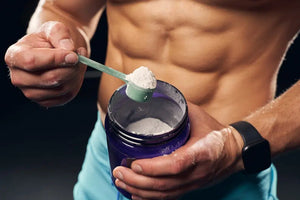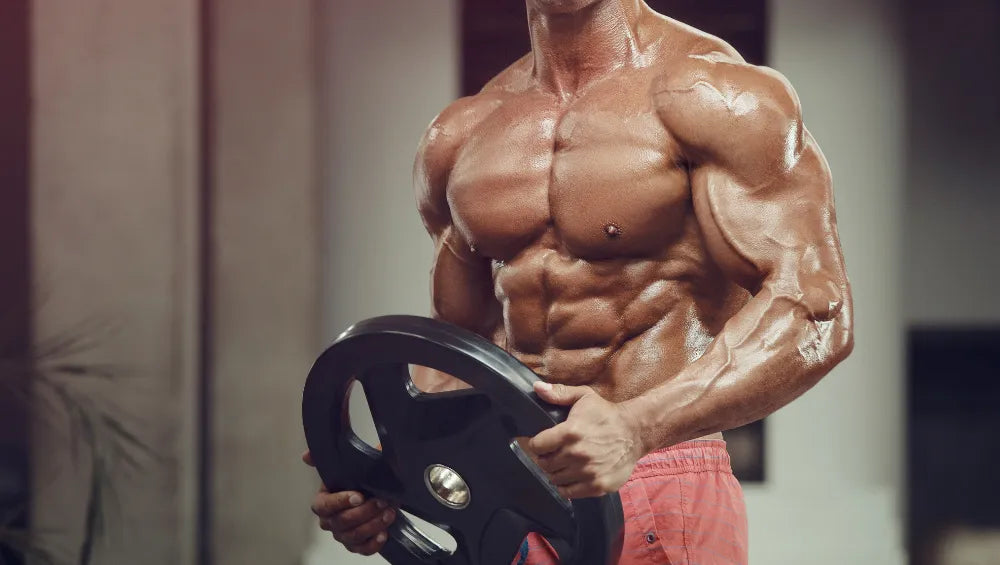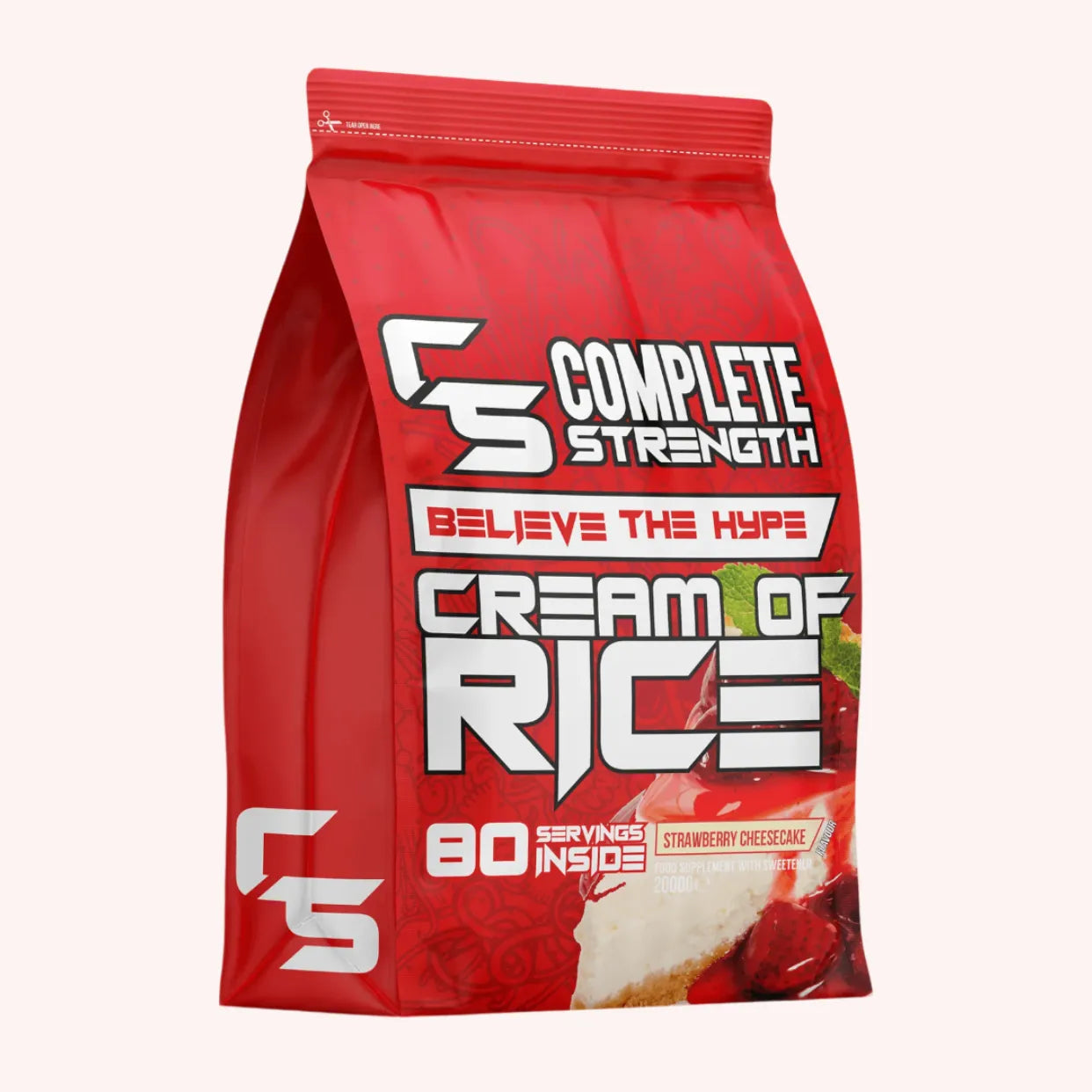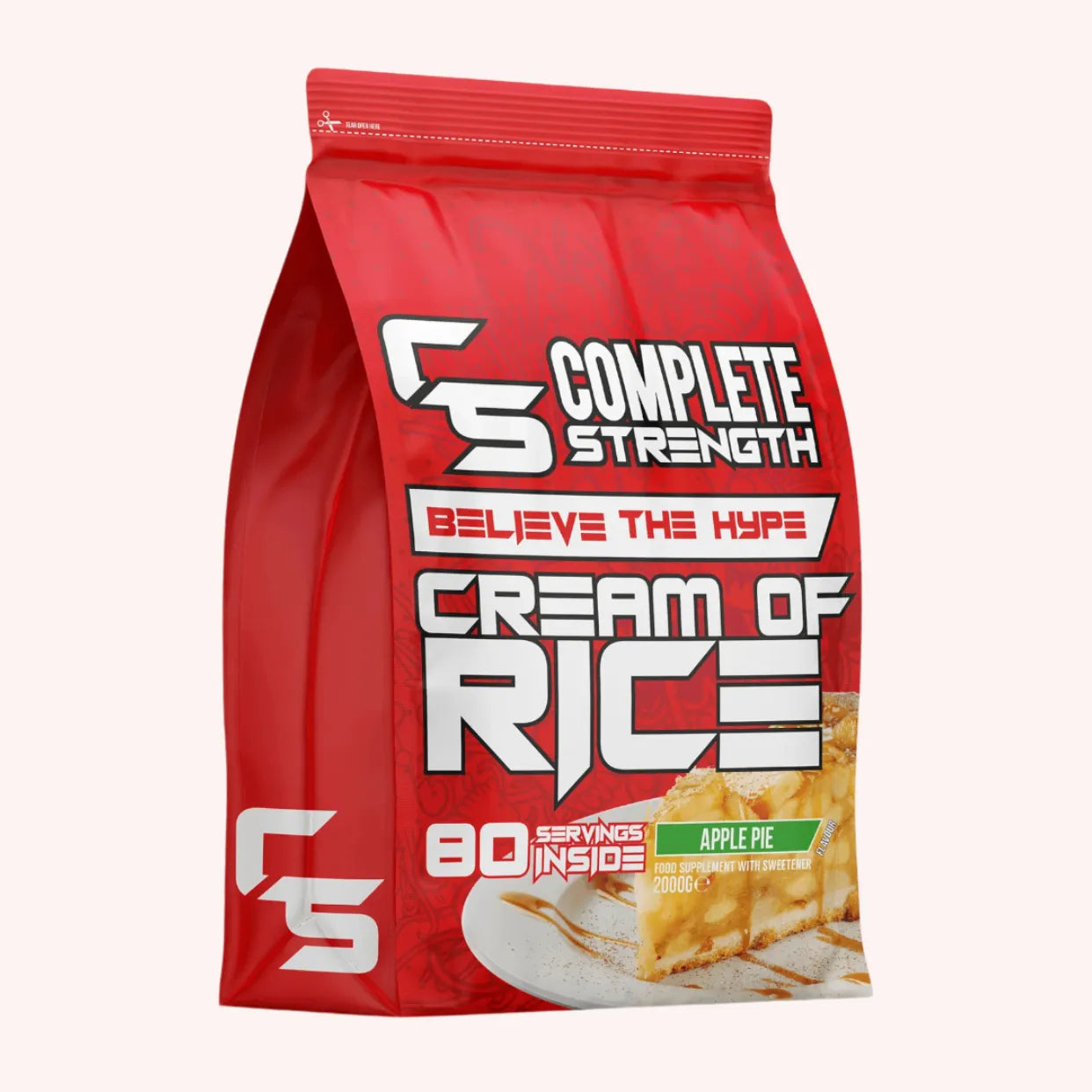The process of building muscle is complex, but achievable for anyone willing to put in the time and effort. This article offers a detailed guide to help you achieve your muscle-building goals quickly by combining proper nutrition, rigorous training, and a clear understanding of your body's needs.
Understanding the Basics of Muscle Gain
Before embarking on intense workouts or specific diets, it's crucial to understand the basic mechanisms behind muscle gain. The process of muscle hypertrophy relies on several key elements such as calorie intake, macronutrients (protein, carbohydrates, fats), and the type of exercise performed.
Caloric intake
To build muscle, you need to consume more calories than your body burns daily. This is essential because without adequate calorie intake , the body may have difficulty generating new muscle tissue. A quick tip for determining your calorie needs: Use online calorie calculators that take into account your age, gender, weight, height, and activity level.
- Moderate Calorie Surplus: Aim for a surplus of 250 to 500 calories per day to promote muscle gain while minimizing fat gain.
- Foods rich in nutritious calories: Focus on whole, nutritious foods like fruits, vegetables, lean proteins, whole grains, and healthy fats.
Proteins and macronutrients
Protein is essential for muscle growth and repair. It's recommended to consume between 1.6 and 2.2 grams of protein per kilogram of body weight each day. Carbohydrates also play a crucial role in providing the energy needed to sustain intense workouts, while fats should make up 20-30% of your total calorie intake to ensure proper hormonal balance.
- Protein sources: Lean meat, fish, eggs, dairy products, legumes and nuts.
- Carbohydrate sources: Brown rice, oats, sweet potatoes, fruits and vegetables.
- Sources of healthy fats: Avocado, olive oil, nuts and seeds.
Training programs to maximize muscle growth
A well-structured training program is essential for gaining muscle quickly. This involves both strength training exercises such as dumbbells and barbells, as well as a variety of training methods that optimize muscle stimulation.
Compound exercises
Compound exercises , such as squats, bench presses, and deadlifts, are essential because they engage multiple muscle groups at once, increasing the effectiveness of your workout. These movements not only strengthen multiple muscles simultaneously, but also improve coordination and body stability.
Dumbbell and Barbell Workout
Using dumbbells and barbells is ideal for rapid muscle building because these pieces of equipment offer great versatility. They allow for free-form movements that activate a large number of muscle fibers.
- Sets and Reps: For muscle growth, aim for 3-5 sets of 8-12 reps for each exercise.
- Progression: Gradually increase the weight used to continually stimulate your muscles.
Functional and elastic training
Integrating functional training with resistance bands allows you to work different angles and vary the tension placed on your muscles. Resistance band routines add constant resistance throughout the movement, which can be beneficial for improving strength and stabilizing joints.
Rest and recovery
An often overlooked aspect of building muscle is the importance of rest. Muscles grow during recovery periods, so it's vital to give them time to repair and strengthen after each workout. Make sure you get at least 7 to 9 hours of quality sleep each night and schedule regular rest days into your training week.
Advanced Techniques to Improve Muscle Gain
After mastering the basics, adding advanced techniques can further optimize your results. Here are some common methods used by experienced bodybuilders to maximize their muscle gains.
Superset and dropset
Supersets involve performing two exercises in a row without a break in between to further stimulate the muscles. Drop sets , on the other hand, involve reducing the weight immediately after reaching muscle failure to add additional repetitions and stress the muscle fibers from different angles.
Periods of progressive overload
Progressive overload involves gradually increasing the load used, the number of repetitions, or the duration of training to constantly push the muscles to adapt and grow. This can include adding extra weight, increasing training volume, or even reducing rest time between sets.
Post-workout nutrients
Consumed immediately after an intense workout, a meal rich in protein and carbohydrates can accelerate muscle recovery and replenish glycogen stores. This goes a long way toward creating an anabolic environment conducive to muscle growth.
A typical example of a post-workout nutrient might include:
- Protein shake: 20 to 30 grams of whey protein mixed with water or milk.
- Simple carbohydrates: One banana or 50 grams of white rice ( possibly rice cream ).
Nutrition for muscle gain
Proteins: Key to Muscle Building
Protein is essential for muscle tissue repair and growth. Without a sufficient protein intake, it will be difficult to see significant gains in muscle mass. Protein sources include:
- Lean meats like chicken and turkey.
- Fish such as salmon and tuna (rich in BCAA amino acids ).
- Eggs.
- Legumes such as lentils and beans.
- Dairy products such as Greek yogurt and cottage cheese.
Carbohydrates: Essential Energy Source
Carbohydrates provide the energy needed for intense workouts. Adequate carbohydrate consumption helps maintain high energy levels and optimize performance during your strength training sessions. Consume complex carbohydrates from:
- Wholemeal pasta and rice ( rice cream is possible as an addition ).
- Sweet potatoes ( sweet potato flour can be added as a supplement ) .
- Oats ( possible oat flour as a supplement )
- Leafy green vegetables.
Fats: Healthy Balance
Although often overlooked, fats play a key role in hormone regulation and vitamin absorption. Choose healthy fat sources like:
- Avocados ( possible avocado oil spray as a supplement ) .
- Nuts and seeds.
- Extra virgin olive oil ( possible extra virgin olive oil spray as a complement )
- Fatty fish like salmon.
Workout Routine: Practical Example
Here is an example of a weekly routine for rapid muscle gain:
- Monday “Upper Body”: Bench press, barbell rows, shoulder press, bicep curls, triceps extensions.
- Tuesday “Lower body”: Squats, deadlifts, leg press, calf raises, hamstring curls.
- Wednesday “Rest or light cardio” .
- Thursday “Complete Strengthening”: Half of the exercises from Monday and Tuesday.
- Friday “Upper Body” .
- Saturday “Lower Body” .
- Sunday “Total Rest” .
Monitoring and adjusting progress
Measuring progress is essential to knowing if your plan is working. Tracking your performance and adjusting your program accordingly helps you continue to grow and avoid plateaus. Here are some ways to effectively track your progress.
Training Log
Keeping a training journal where you record each session, the weights used, the repetitions performed, and your overall feelings can provide important insights into your progress. It also helps identify what's working well and what needs tweaking.
Body measurements and photos
Take regular body measurements (chest, arms, thighs, etc.) and photos to visually see changes in your body shape. Scales don't always tell the truth because muscle weighs more than fat. Before-and-after photos can reveal significant signs of progress that the scale alone might miss.
Nutritional adjustments
By analyzing your nutritional intake , you can adjust your food intake based on your body's responses. If you notice a stagnation, slightly increasing your calories or adjusting your macronutrient distribution could restart muscle growth.
Ensure restful sleep
Good sleep is crucial for muscle recovery and growth. Aim for at least 7 to 9 hours of sleep per night to allow your body to recover and strengthen after intense workouts.
Constant hydration
Staying hydrated is essential for physical performance and optimal muscle function. Drink approximately 3 liters of water per day, adjusting this amount according to your individual needs and the intensity of your physical activity.
How to Build Muscle Fast: In Summary
Gaining muscle quickly is a goal often sought by those who want to improve their physique or athletic performance. You now have all the tools you need to achieve this goal: A judicious combination of a balanced diet and targeted strength training exercises is essential.










